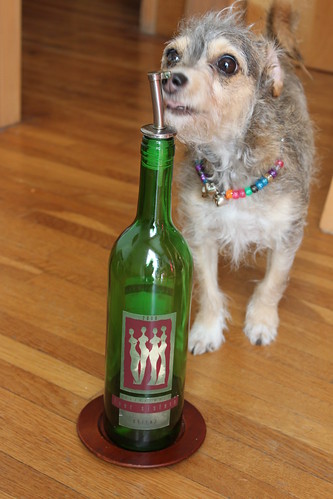 We bake nearly all our own bread. Through experimentation, we have found King Arthur to be our favorite brand of flour. Unfortunately, we have yet to find any local flour that can match the quality and consistency of King Arthur products. Fortunately they are a co-operative business with values I can respect even if the wheat is not locally sourced.
Last spring I organized a group buy of bulk (50 pound bags) King Arthur flours. I am pleased to expand the offer to Columbus Ohio blog readers this time around.
We bake nearly all our own bread. Through experimentation, we have found King Arthur to be our favorite brand of flour. Unfortunately, we have yet to find any local flour that can match the quality and consistency of King Arthur products. Fortunately they are a co-operative business with values I can respect even if the wheat is not locally sourced.
Last spring I organized a group buy of bulk (50 pound bags) King Arthur flours. I am pleased to expand the offer to Columbus Ohio blog readers this time around.
Here's how the order will work:
1) Reply in the comments section or by email with your order by Tuesday, January 12 at 8 pm. 2) I will email payment instructions on Tuesday evening. 3) Payments are due by Sunday the 17th. 4) Delivery will be Wednesday the 20th or Thursday the 21st to Sprout Soup. 5) Rapid pickup is necessary. The bags take up a huge amount of space and we want to be respectful of Sprout Soup. If you order, please make plans to visit Sprout Soup on Thursday evening or Friday morning to pickup.
Prices and descriptions are below:
FLOUR SPECIAL MALTED ENRICHED 50# $18.49 FLOUR WHEAT WHOLE WHITE 50# $22.41 HARVEST FLOUR SIR GALAHAD 50# $15.79 HARVEST FLOUR SIR LANCELOT 50# $22.99
Special Malted Enriched is a medium protein general purpose wheat flour. Wheat whole white is 100% whole wheat ground as white and substituted up to 100% in most recipes. I use this for everything except pie crust, roux, and 50% bread flour in sandwich bread. Sir Galahad is an enriched flour from hard red winter wheat. Sir Lancelot is enriched hi-gluten bread flour. Necessary for high quality bread.
Here's a link to the specific properties of each flour: http://www.kingarthurflour.com/professional/documents/BFS-Specs-Customer-Copy.pdf
Please ask any questions you have. I'll post about bulk flour storage before the order gets here if you need some ideas about what the heck to do with 50 pounds of flour!

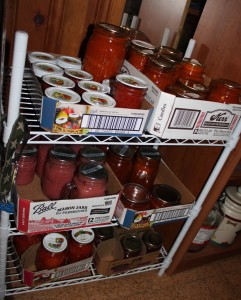
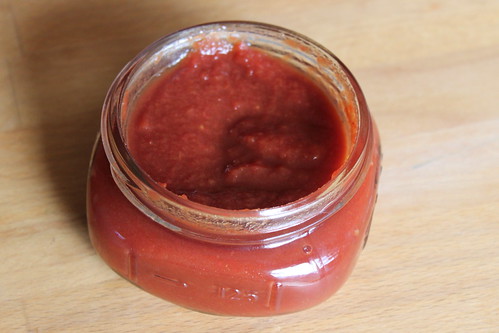
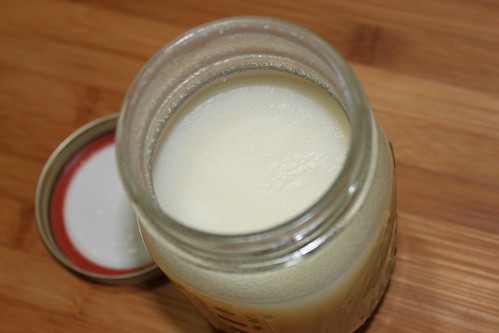
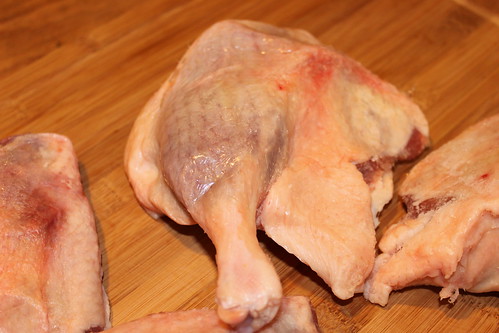
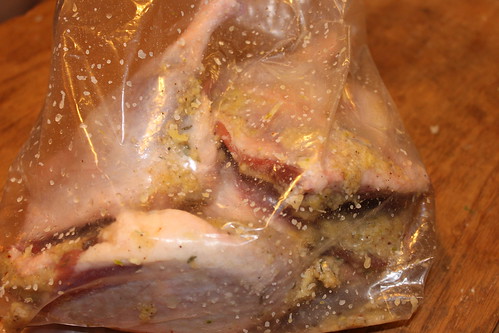


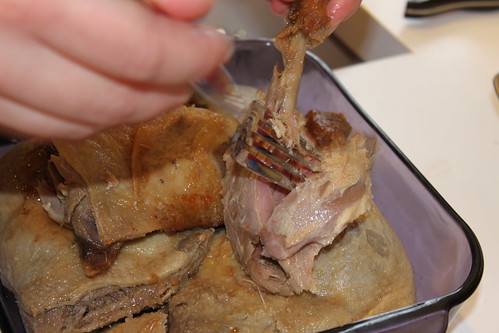
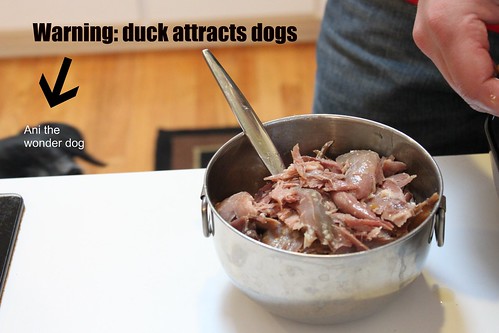
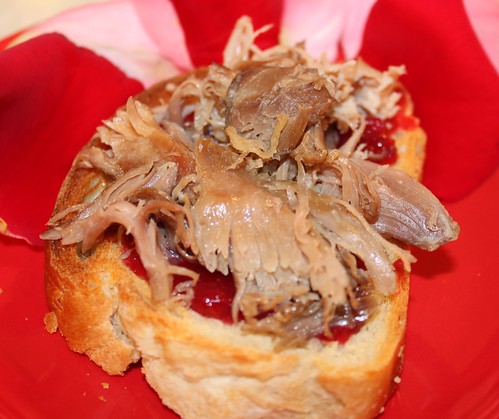
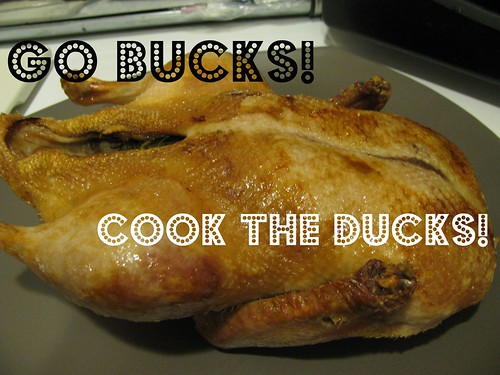 The Rose Bowl is days away. The Ohio State Buckeyes are playing the Oregon Ducks. Alex and I are both alumni and football fans. We are bringing a duck confit dish to a Rose Bowl party to poke fun at the opposing team's mascot.
The Rose Bowl is days away. The Ohio State Buckeyes are playing the Oregon Ducks. Alex and I are both alumni and football fans. We are bringing a duck confit dish to a Rose Bowl party to poke fun at the opposing team's mascot. . This method encompasses a preliminary steaming step followed by a more traditional roasting process. The end result is succulent meat that is tender, moist and not in the slightest bit greasy.
. This method encompasses a preliminary steaming step followed by a more traditional roasting process. The end result is succulent meat that is tender, moist and not in the slightest bit greasy.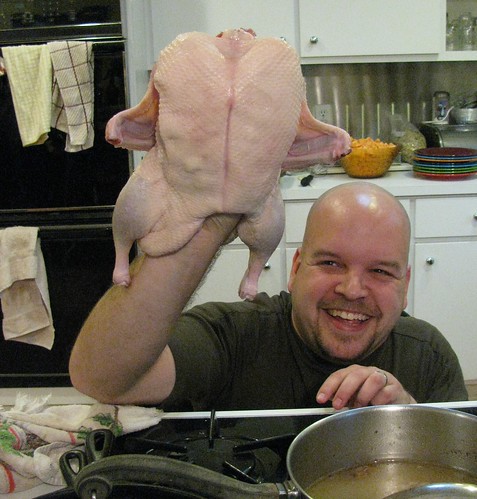
 Aggressively salt the cavity of the bird and place it breast up in a metal roasting pan on a rack so that it is at least an inch off the bottom. Fill the pan to just below the bird with liquid. Any mix of water, wine, apple cider or orange juice works well, keeping in mind that flavor will be imparted to the bird. A few aromatic vegetables like celery and onion are welcome additions to the liquid.
Aggressively salt the cavity of the bird and place it breast up in a metal roasting pan on a rack so that it is at least an inch off the bottom. Fill the pan to just below the bird with liquid. Any mix of water, wine, apple cider or orange juice works well, keeping in mind that flavor will be imparted to the bird. A few aromatic vegetables like celery and onion are welcome additions to the liquid.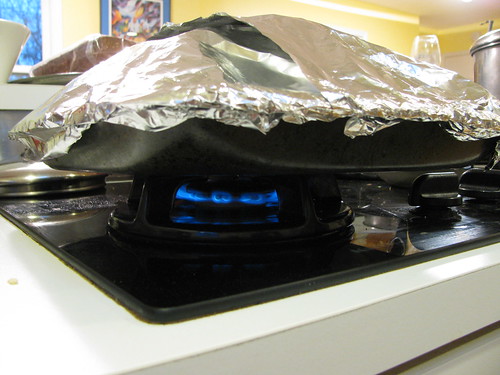
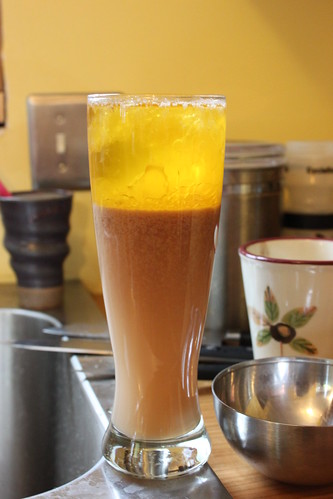
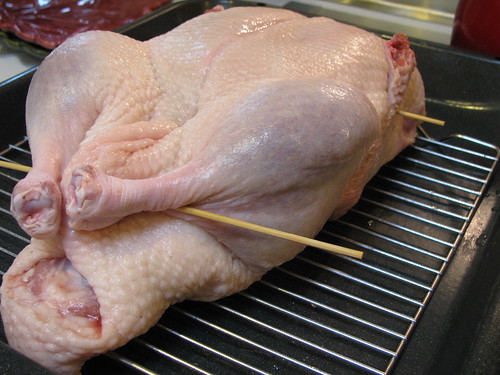
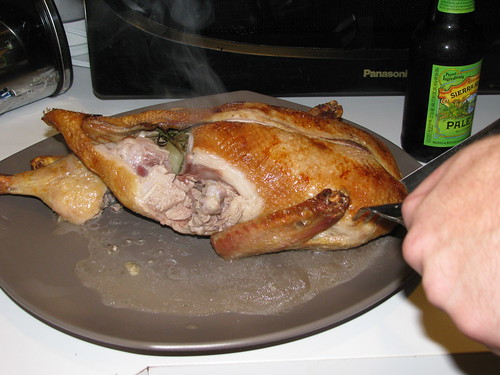
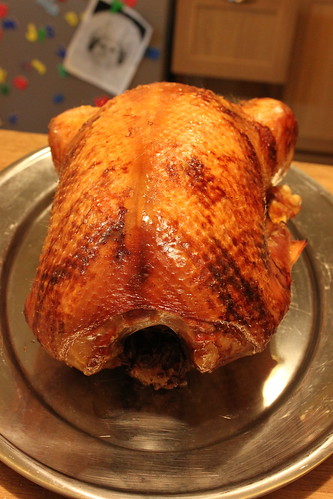
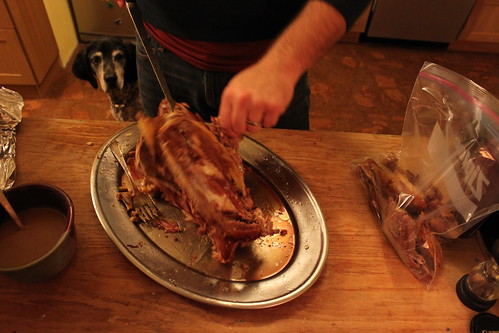
 After snuggles and stories, Lil went to bed.
After snuggles and stories, Lil went to bed.

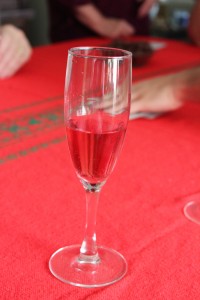
 Two years ago, my aunt brought fruitcake to our holiday celebration. I can't say I had ever tried fruitcake before, but this was delicious! Juicy, rich, alcoholic, and sweetened by real fruit not sugar or fluorescent candied stuff - what could be wrong?
Two years ago, my aunt brought fruitcake to our holiday celebration. I can't say I had ever tried fruitcake before, but this was delicious! Juicy, rich, alcoholic, and sweetened by real fruit not sugar or fluorescent candied stuff - what could be wrong?



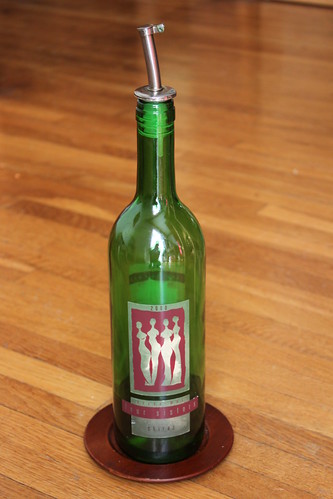
 . I have purchased cheap spouts that don't work a bit, so my advice is to go for quality here.
. I have purchased cheap spouts that don't work a bit, so my advice is to go for quality here.